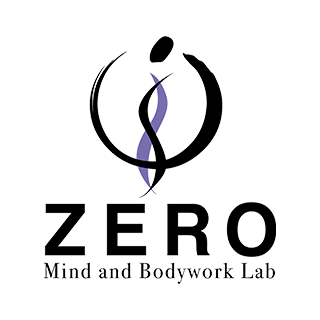Introduction
Hello, I’m Hidefumi Otsuka, offering Rolfing sessions in Shibuya, Tokyo.

From April 8 to 25, 2025, I participated in a three-week (four days per week, Tuesday through Friday, totaling 12 days) Advanced Rolfing Training (AT) held in Ichigaya, Tokyo, organized by the Japan Rolfing Association. The instructors were Ray McCall and Hiroyoshi Tahata.
Summary of AT – A 7-Part Series on “Neutral”
Reflecting on the first half of this Advanced Training, the most profound learning for me was the question: What does it mean to be “neutral” during a session?
To summarize what I’ve taken from the AT, I am writing a seven-part blog series focusing on the theme of “Neutral” under the following titles:
- 1. What is Neutral?
- 2. What is Presence?
- 3. Working with Limitations and Possibilities
- 4. The Relationship Between Energy Work and Body Awareness
- 5. Practicing Right Action
- 6. Listening Touch: The Neutral Way of Touching
- 7. What is Integration?
In the previous post, I focused on “Presence.” In this installment, I’d like to take it one step further and explore a perspective essential to Rolfing sessions
“LIMITATION” and “POSSIBILITY.”
Limitation and Possibility Are Not Opposites
Our bodies—and the phenomena that arise during sessions—always exist between limitation and possibility.
- LIMITATION = The boundaries and constraints present in the body at this moment
- POSSIBILITY = The potential directions of growth that may emerge from those limitations
Limitation is not something negative. It is evidence that the body is doing its best in the present moment—and within that, new potential can still unfold.
Limitation and possibility do not exist in opposition; they are always present as a pair.
This understanding is a key to deepening one’s approach to Rolfing sessions.
Focusing Only on Limitation Narrows Possibility
When we focus only on limitations, we tend to fall into the mindset of “This is wrong” or “This needs to be fixed.”
This turns the session into a symptom-based treatment approach and risks interfering with the client’s inherent capacity for self-regulation.
Conversely, if we look only at possibility, we may lose touch with reality and end up spinning our wheels.
What is required, then, is the ability to simultaneously hold awareness of both limitation and possibility.
How to Work with Limitation and Possibility in a Session
In practical terms, we can approach this in the following ways:
Respect Limitation
The limitations expressed in the client’s fascia, movement, or breathing are not seen as “problems” but as the body’s current best choice. We do not force change—we recognize and honor what is already present.
Tune into Possibility
From there, we listen for the subtle cues that suggest movement beyond the limitation—a space that is opening, a direction the body wants to go. Possibility often appears as a quiet, delicate signal.
Hold the Space with Minimal Intervention
When we honor limitation and notice possibility, we offer only the smallest support needed to let that possibility naturally unfold.
Examples include:
- Gently opening the hand
- Slightly reducing pressure
- Sensing the back space to create space for the client as well
These micro-interactions allow the session to embrace the dynamic balance between limitation and possibility. This approach is shared by SourcePoint Therapy, Yield Work, and Craniosacral Therapy.
Working Dynamically with Limitation and Possibility
It’s important to remember that the balance between limitation and possibility is not fixed.
Depending on the moment:
- It may be best to stay closely with the limitation
- Or it may be necessary to give a gentle nudge toward possibility
The practitioner is called to sense this balance in each moment and respond with both neutrality and presence.
Navigating without being overwhelmed by limitation, nor swept away by possibility—
That, I believe, is the deeper art of a Rolfing session.
Conclusion
- Limitation and possibility always exist as a pair.
- Start by honoring limitation—not as a problem, but as the body’s current best expression.
- Tune into possibility delicately, and support it with minimal intervention.
- The key is to keep dynamically adjusting the balance depending on the situation.
- Navigating between limitation and possibility is what gives the session its artistry.
And perhaps, this act of navigating is also an expression of the practitioner’s own path of growth and exploration.

